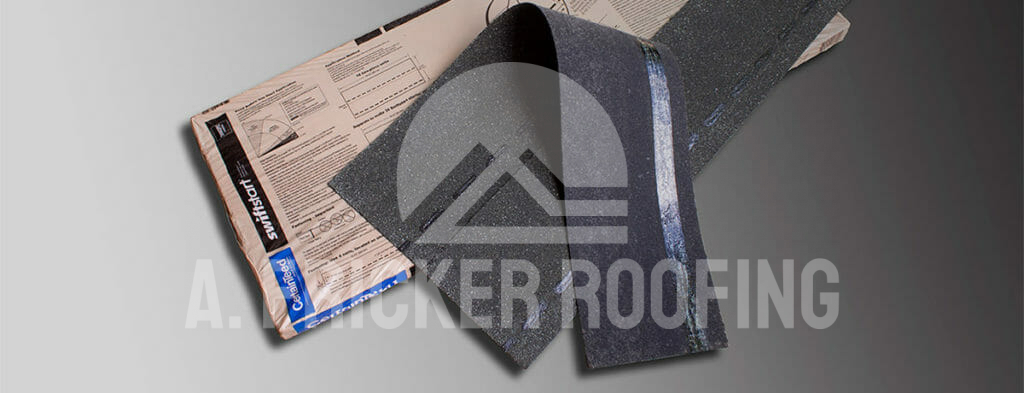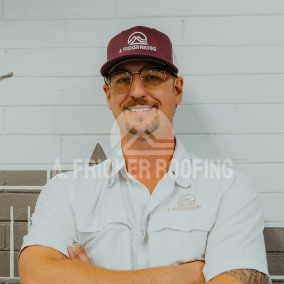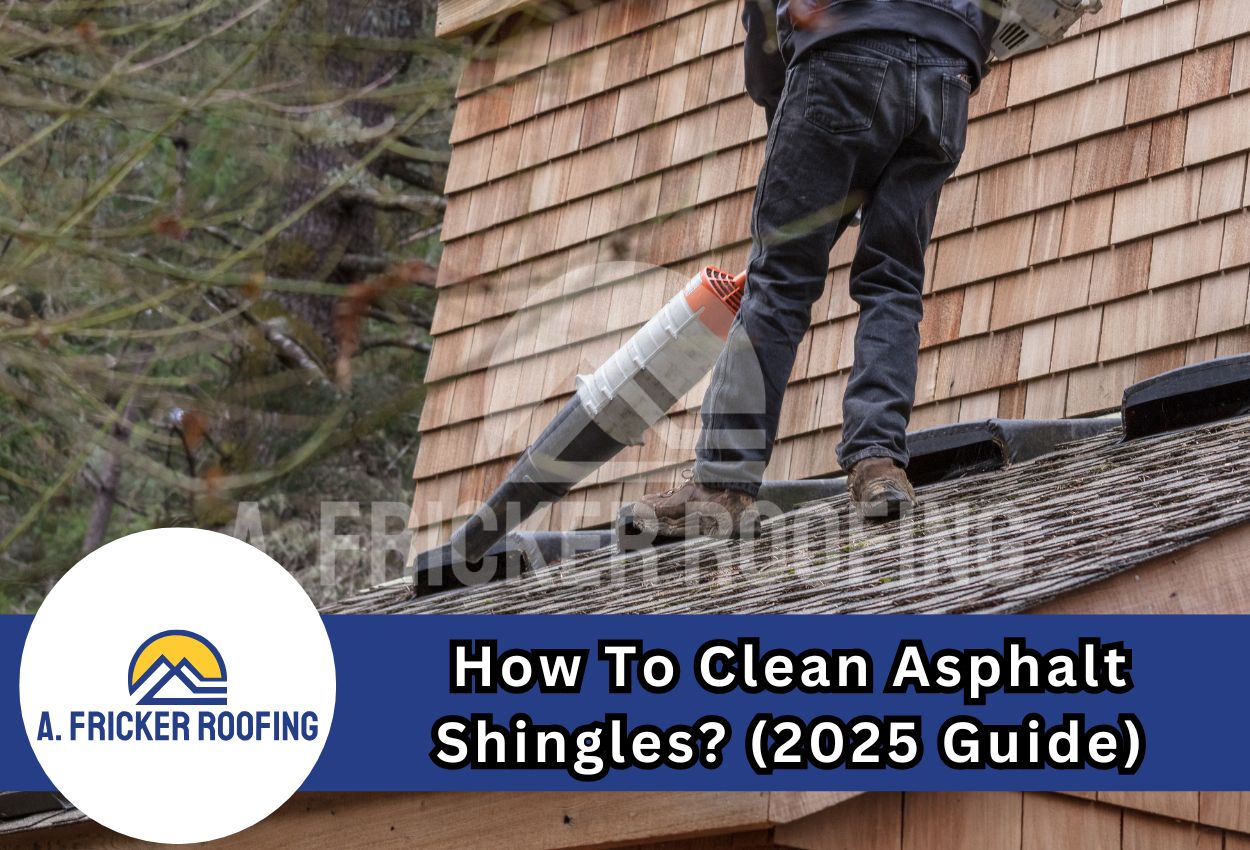Are you in the market for a new roof? If so, you may have heard the term “starter shingles” thrown around but have no idea what they are or why they’re necessary.
Well, let us tell you, it’s not just roofing jargon, starter shingles play a crucial role in keeping your roof in tip-top shape!
But before you go and add them to your shopping list, let’s delve into what they are and if they’re really necessary.
Think of these shingles as the “first line of defense” for your roof. They act as a barrier to protect your roof from the elements and help ensure that the shingles you put on top will last as long as possible. However, many homeowners argue that starter strip shingles may not be necessary.
In this blog post, we’re going to separate fact from fiction and give you the lowdown on starter shingles. By the end, you’ll be able to make an informed decision on whether or not to include them in your roofing plan.
So, let’s get started by explaining what starter shingles are.
What Are Starter Shingles
Starter shingles, also known as starter strips shingles, are the first layer of shingles that are installed on the roof before the first course of the asphalt shingles (the ones you can see). Their purpose is to act as a barrier, protecting the roof from the elements and ensuring that the shingles you put on top will last as long as possible.
It’s worth noting that the asphalt shingles will cover the starter shingles, so the aesthetics of these starter shingles don’t matter as much, which is why they’re usually covered with natural, darker, roofing granules. Starter shingles are generally made of the same material as asphalt shingles, and they are essential for proper roof installation.
How Starter Shingles Work
Now that you know the basics of these shingles and why they’re important, let’s dive into how they work. Think of starter shingles as the ‘secret agents’ of your project, working behind the scenes to keep your home safe and dry.
First, starter shingles are placed on your roof before the first course of finishing shingles. Their main job is to provide an overlap so that water flows seamlessly over the edge of your home and doesn’t seep below the underlayment and decking. Without starter strip shingles, your roof will lack the proper protection it needs and will be more susceptible to leaks, and uplifts caused by strong winds.
The eaves and rake edges of your roof are the parts that are most vulnerable to the elements. A starter strip is installed over the underlayment and the ice and water shield along the edges of your roof since these areas are particularly susceptible to water leaks and harsh winds. These shingles have a strip of tar adhesive to prevent your shingles from blowing off in harsh weather conditions.
So, now you know how starter shingles work, you may be wondering what their benefits are.
What Are The Benefits Of Starter Strip Shingles
For starters, let’s talk about the added layer of protection they provide against water leaks and wind uplift. Not only can this added protection save you from costly repairs down the line, but it also helps to ensure that your shingles last as long as possible, giving you a good return on investment. For homeowners who live in areas with high wind, starter strip shingles provide extra peace of mind, knowing your home is protected from Mother Nature’s wrath.
When it comes to the eaves of a roof, applying starter shingles helps cover the joints between the finished shingles, providing an added layer of waterproofing. This ensures that water doesn’t seep through the joints and cause leaks, like a shield. On the other hand, installing a starter strip shingle on your gable carries a different function from using it on the eaves. Specifically, having a starter strip on your gable improves your roof’s wind resistance.
Finally, one of the benefits of applying a starter shingle on your eaves is it provides your roofer with a straight line to follow as a guide. This guide is particularly useful when you end each course of the shingles, as it helps ensure that the installation is done correctly and that the finished product is neat and tidy.
What Are Some Starter Shingle Installation Mistakes
Are you ready to learn how to avoid the most common starter strip installation mistakes? Let’s dive in!
#1 Nail Placement
Nail placement is key when it comes to shingles. Make sure to drive the nail down into your starter strip shingle so that it is flush with the shingle ad decking. This means the shingles will not have room to blow off, but they’re also not being cut into from the nail head.
A little tip: it’s easier to nail finished shingles, but starter shingles require more precision and experience.
#2 Shingle Alignment
Next, shingle alignment is crucial. Follow the manufacturer’s instructions for a proper shingle alignment, typically following a staircase or stepped pattern. If not aligned properly, water will easily seep between shingle layers, affecting aesthetics and your roof’s wind resistance and seal strength.
#3 Absent Starter Shingles
Finally, don’t skip on the starter strip shingles! They lay as the foundation material for your roof and home, and even if you have a drip edge, you should still install starter shingles to prevent water and wind damage. Remember, installing shingle layers along the eaves of your home is just as important as nail placement and alignment.
To keep it simple, pay attention to nail placement and shingle alignment, and don’t skip on the starter shingles. This way you’ll have a beautiful and long-lasting roof. Remember, if you ever feel unsure, consult your roofing manufacturer or a local contractor. They are there to guide you through a successful installation.
So, Are Starter Shingles Necessary Or Not?
Well, let’s put it this way, would you want to skimp on the foundation of your house? Of course not! The same goes for your roof. Starter shingles act as the foundation for your roofing materials and provide added protection against water leaks and wind uplift.
But that’s not all, most roofing warranties require the use of starter strip shingles. Skipping on this step may lead to the need for costly repairs and replacements. Imagine having to fork out hundreds or even thousands of dollars just because you didn’t lay the proper foundation.
So, don’t be tempted to cut corners and skip on starter shingles. Insist on having them installed and make sure the starter shingles are set properly before proceeding. Trust us, it’ll save you from any roofing nightmares in the future.
Can I Use 3-Tab Shingles As Starter Shingles?
Let’s take a trip down memory lane. Way back in the day, 3-tab shingles were the hot ticket item in the roofing world. They were all the rage and because of this, some clever folks decided to use them as starter strips too. It made sense at the time, right?
Here’s the thing, times have changed and so has the roofing game. While using 3-tab shingles as starter strips may seem like a shortcut, it’s actually a shortcut to a shoddy job, and who wants that?
Nowadays, starter strips are designed specifically to protect your home from wind uplift and are made from the same durable material as 3-tab and laminated shingles. So, while it may be tempting to save a little time and effort by using 3-tab shingles, it’s not worth sacrificing the quality and long-term cost of your project.
So, in short, using 3-tab shingles as starter strips may have been a thing of the past, but it’s not the way to go if you want to ensure the best protection for your home.
Make sure to use the right products for the job, so you can have a roof that’s ready to face whatever Mother Nature throws it’s way.
How Do Starter Strip Shingles Differ From Regular Roofing Shingles?
You might wonder what the difference is between a starter strip and regular asphalt shingles. Well, let’s break it down!
First of all, starter shingles have a special adhesive layer on the back that helps hold them in place. This is like having a superhero sidekick, always by your side!
Starter shingles are slightly smaller than regular shingles, making them perfect for sticking to roof edges and avoiding water or wind damage.
When choosing roofing materials, it’s best to stick with the same brand for all your components, like starter shingles, underlayment, and regular shingles. This will give you a powerful and durable roofing system, and offer you a better way to protect your home and family.
Final Thoughts
If you’re in the market for a new roof installation in Tulsa, look no further than A. Fricker Roofing and Waterproofing! Our roofing company offers top-notch services and materials to ensure your new roof is beautiful and strong.
We understand that proper roof installation is important to ensure that your roof lasts for years. To achieve that, it is important to avoid common mistakes such as improper nail placement, shingle alignment, and neglecting to install starter shingles.
If your current roof has any of these issues, it may need to be replaced sooner than expected. That’s why it’s so important to hire a professional roofing company like ours because we know how to handle every type of job from start to finish! With our team of expert roofers, you can trust that your roof will be installed correctly and will stand the test of time. Call us today at (918) 402-7167, and let us help you secure your home with a reliable roofing system.





